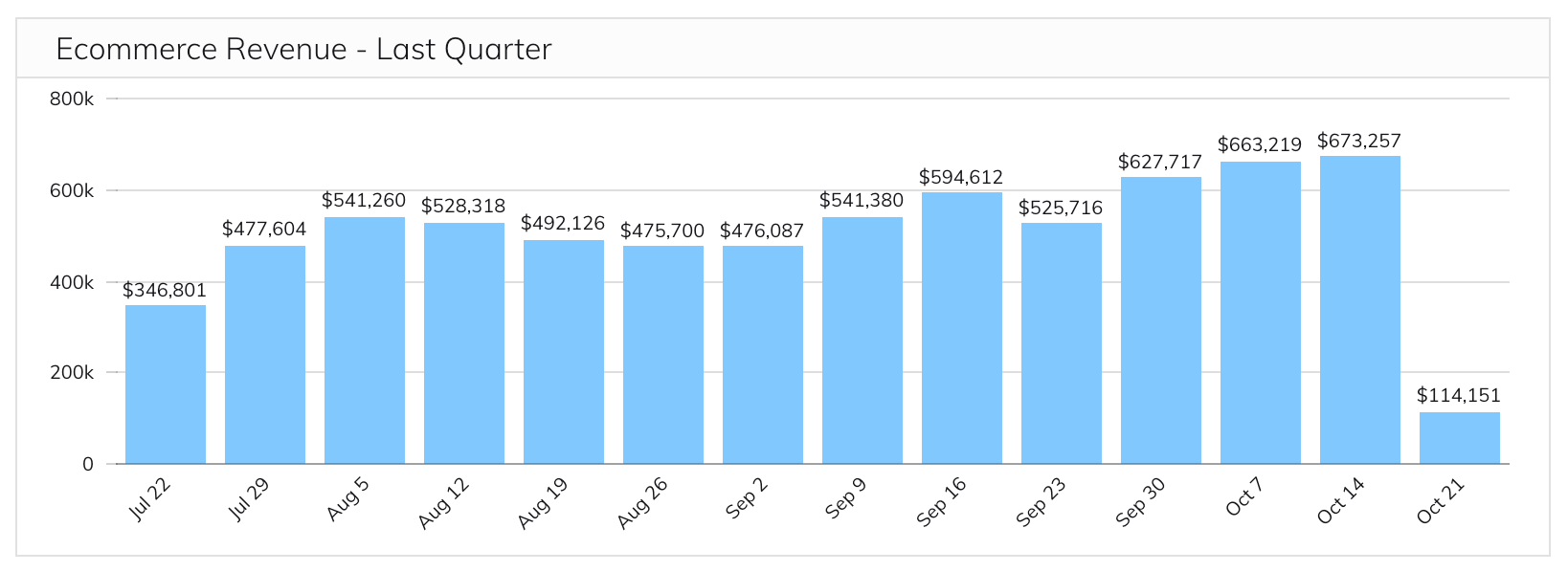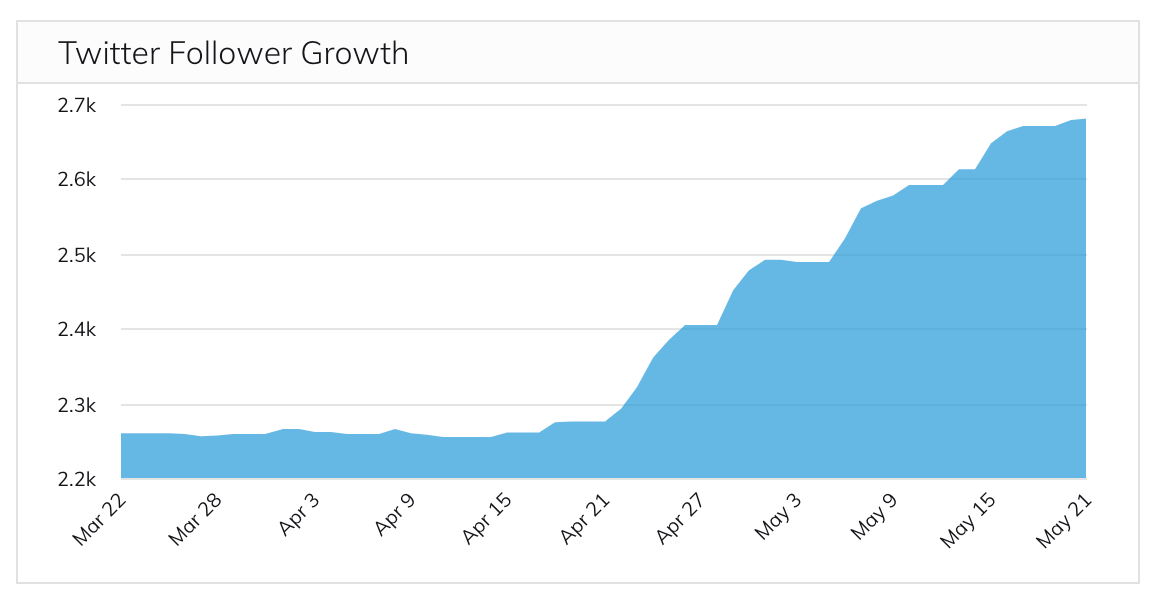Determining the Most Important KPI for a Content Marketing Program
Your business needs to make an impact in your market and connect with the prospects who might otherwise head elsewhere for what they need. To achieve this, your business puts itself out there, executing content marketing programs that get you noticed.
You already know the importance of content, so the question is not “should we be producing content?”, but rather, “how should we measure the success of our content marketing endeavors?” For this, you need to determine the most important KPI for a marketing/content program.
Let’s take a look at the thought process behind making this call on the way to developing a key set of metrics from your content analytics. We’ll also examine some of the best examples of content marketing program KPIs to give you some inspiration for measuring your own efforts.
Determining Those Critical KPIs

There is no absolute set of standards that will apply to each and every business. Different organizations measure success in different ways, after all. However, the route via which you can arrive at your own content marketing KPIs is, to an extent, universal. The route itself involves examining your aims as a business as well as the cost of producing and launching the content itself.
Identifying Resource Cost
If you are to be successful in your content marketing programs, you first need to be completely aware of how much you’re investing. Taken at face value, this is a simple calculation. For example, you have an in-house content team, paid at X amount of dollars per hour, working on a proprietary content management platform that costs Y amount of dollars to develop, and they spent N amount of hours on the project. However, there is more to it than this.
What resources did you use in the production of the content? Did you work with any third-party contractors at any point? Did you have to purchase or license any stock photographs, videos or audio files? How much are you allocating for paid promotion of your content? What about any other hidden costs during the process? Take time to determine all your costs and give yourself a foundation level of expense against which to measure successes.
Identifying Key Aims for Content
One of the most important aspects of producing content is recognizing the purpose of each of the pieces you produce. Maybe you are trying to solidify your brand identity as an expert in a certain field, in which case you need to be delivering unique insights and authority in relevant areas.
Perhaps you are seeking to target a new set of search terms that are as yet untapped, which means you need high performing, search-engine-optimized copy in these new areas.
Or it could be that you are looking to defeat your opposition in certain critical categories. In this case, the content of your competitors becomes a yardstick for your measure of success.
Discuss these key aims before you begin and feed this data back into your own strategies. This will help you to define your own content metrics and KPIs moving forward.
Identifying Baselines
We’ve already touched on the idea of setting a base level: a foundation upon which to start measuring the content you produce. However, you need to go further here. You need to identify and document your baselines so you know how far you have come when your content starts reaping rewards.
Of course, your baselines encompass many different aspects of your business. In order to narrow this down, you need to be looking at your current key sources of leads and prospects and examining how these channels are performing. For example, look at the last six months and calculate the following:
- Average # of leads/conversions from organic search
- Average # of leads/conversions from referral sources
- Average # of leads/conversions from email marketing
- Average # of leads/conversions from each social network
- Average # of leads/conversions from paid media channels
You also need to understand the perception of your brand in key areas of the market. Are you considered an authority? Do customers value your price points or are you viewed as a prestige brand? In addition to this, you need to understand your current marketing ROI — how well do your current initiatives translate to leads and profits?
By defining this and by answering these questions you will have a better idea of what you need to be examining when you launch your content.
Deciding On a Timeline for Results
You know that you can’t expect to achieve great things overnight. However, you also know that you cannot expect your team to stay motivated if your initiatives are dragging on indefinitely, particularly if you are targeting effective content collaboration efforts between departments. When you define your content marketing plan and content calendar, factor in a timeline for results. This should be a set of realistic milestones with genuinely measurable outcomes.
You can then feed the data you receive from each milestone back into your content planning strategies as you strive to define the best metrics from content measurement and management.
Examples of KPIs

It’s difficult to know exactly what KPIs to use for your unique content strategy. However, it can be useful to know what other businesses are using as you begin to formulate your own metrics for content measurement. Below, I’ve included some of the most common, and the most fruitful, KPIs to consider as part of your content workflow:
- Traffic sources: Where are your visits coming from in the world? What channels are driving the most new visitors? Which devices are being used to access your content?
- Bounce rates: Are people spending time exploring your content or immediately bouncing (looking at one page before leaving)?
- Page Value and conversion rate: Are you succeeding in converting visitors to your site? Are you achieving the page value that you should be based on your investment?
- Subscriptions and engagement: Are the pieces in your editorial calendar achieving the right effect among your users? Are visitors subscribing/liking/following? Are you at the heart of the conversation on social media and for the right reasons?
- Organic links and reactions: Are your pieces being linked to, organically, by other organizations and users? Are you receiving traffic via these links?
These are just a few examples of the content marketing KPIs you could be tracking. Consider these and reach a conclusion as to how to measure your own content marketing programs. If you need any help with defining these, or you need a robust platform to handle content planning, production workflow and performance monitoring, we’d love to chat.

